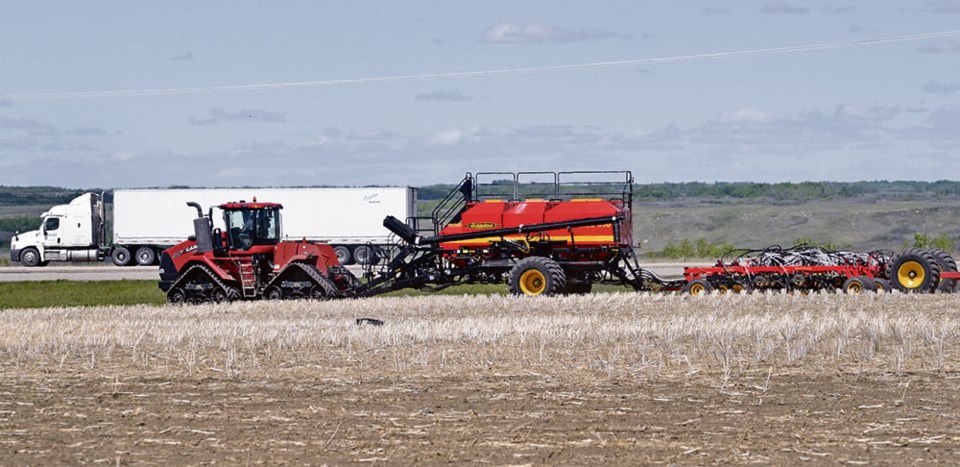WESTERN PRODUCER — Statistics Canada is addressing one of the concerns raised about its new methodology for estimating farmers’ annual seeding intentions.
The agency surveyed 9,500 farmers between Dec. 12, 2022, and Jan. 14, 2023, breaking with its past practice of surveying growers in March.
“The collection of seeding intentions data during the December survey occasion represents a move forward in reducing the respondent burden on farmers by eliminating the need to contact roughly 11,500 respondents in March,” Statistics Canada spokesperson Carter Mann said in an email.
The results of the December survey were released April 26, causing many market analysts to question the validity of the stale-dated findings.
Mann said the historical April release date was maintained this year to ensure there was sufficient time to complete the data analysis and address any processing issues that may have arisen because of the change in methodology.
“Moving forward, the agriculture division will be reassessing the timing of next year’s seeding intentions release, with the goal of producing seeding intentions estimates earlier than the traditional April release,” he said.
Chuck Penner, analyst with LeftField Commodity Research, said releasing the report in February would make it timelier, but no more useful.
“Maybe at that point it’s a closer reflection of what farmers are thinking, but that still doesn’t mean it’s a good reflection for what farmers end up doing,” he said.
Crop prices fluctuated dramatically between December and March and that likely changed seeding plans for some growers.
Penner conducted an unscientific Twitter poll of his farmer followers to gauge how many of them had their minds made up in December.
Forty-two percent of the 100 growers who responded to the poll were decided at that point. The remainder were still weighing their options on 10, 20 or 30 percent of their acreage.
Penner believes farmers are hurt the most by Statistics Canada’s new methodology because grain companies have elevator networks that can be used for gathering ground-level intelligence.
“One of the phrases that I have used is that Statistics Canada democratizes market information if it is done right,” said Penner. “If it is done right. That is the key.”
Some of his colleagues started disregarding Statistics Canada’s data years ago but Penner has always given the agency the benefit of the doubt as it attempts to provide useful information while cutting costs.
“Now I’m kind of losing confidence in them as well too,” he said.
The agency’s grain stocks reports have also become outdated and contain questionable information. The latest report shows farmers were holding 161,500 tonnes of sunflower seed as of March 31. Growers only produced 84,000 tonnes of the crop last year.
“It’s two crops that they’re saying are sitting in inventories, which is wrong,” said Penner. “There’s no way that’s possible.”
Statistics Canada consulted with Agriculture Canada before making the change to its seeding intentions survey.
“Consultations were also done with each of the provincial governments, who for the most part felt confident that respondents would be able to provide a reasonable idea of seeding intentions for their 2023 crop year if asked the question during the December field crop survey collection window,” said Mann.
“This change was also discussed with members of Statistics Canada’s Advisory Committee on Agriculture and Food Statistics, which is comprised of academics and industry specialists.”
Penner said he is “deeply suspicious” of those consultations. He wonders if the agency approached those talks with an open mind.
“(Or) was it already a done deal and they just mentioned it in order to check off the consultation box?”
The upshot is a report that has lost some of its relevance for market analysts and others who study and disseminate the information.
“We just don’t put a whole lot of weight on it anymore,” said Penner.

